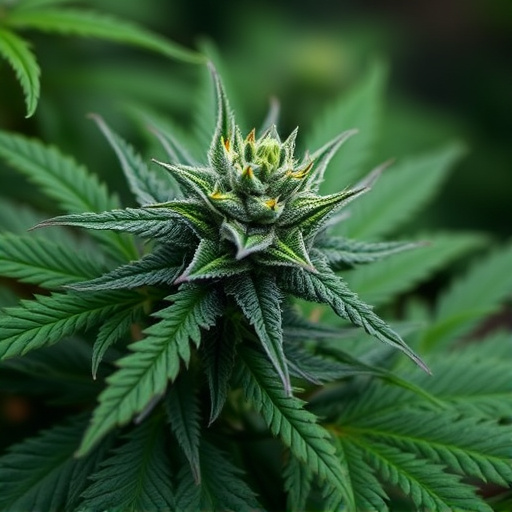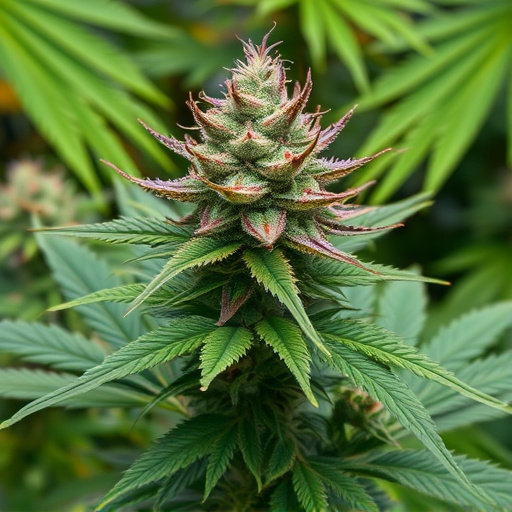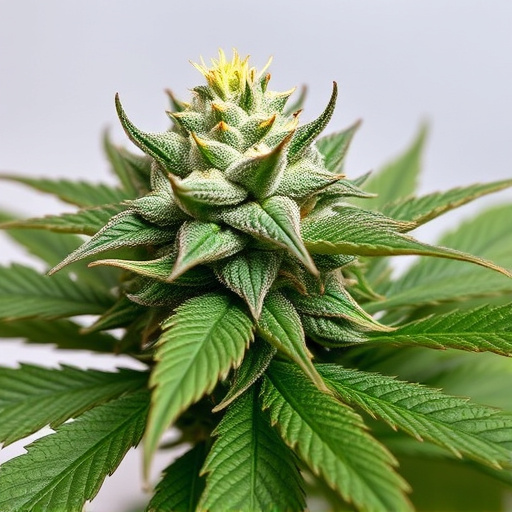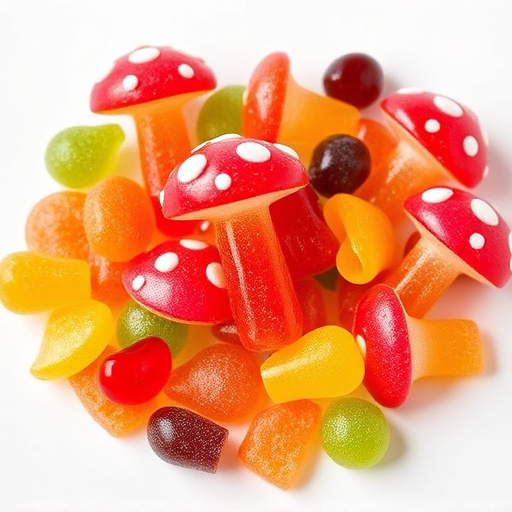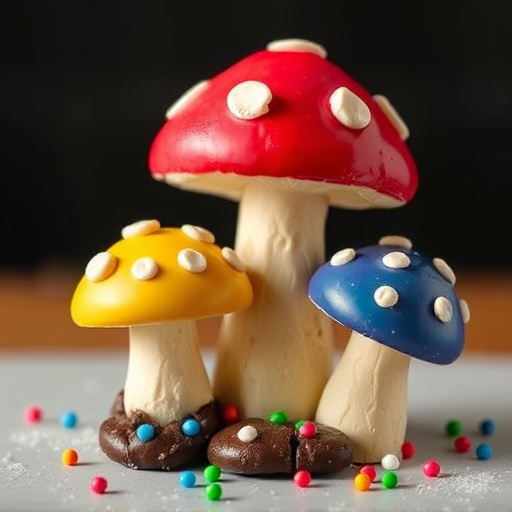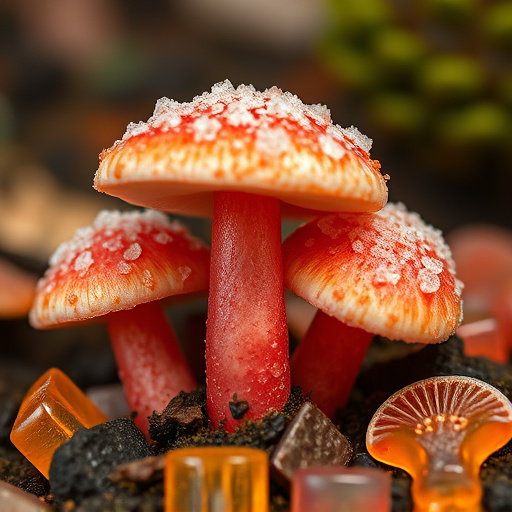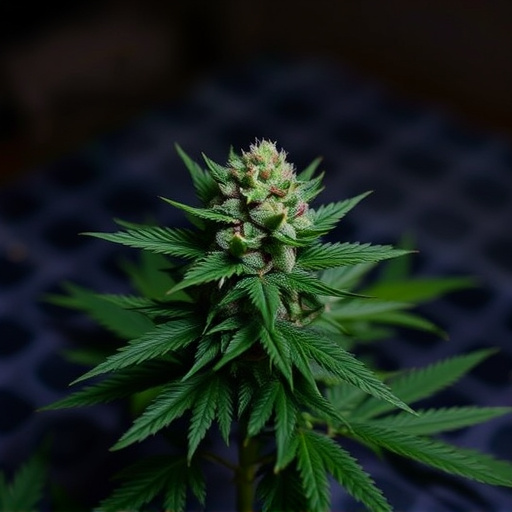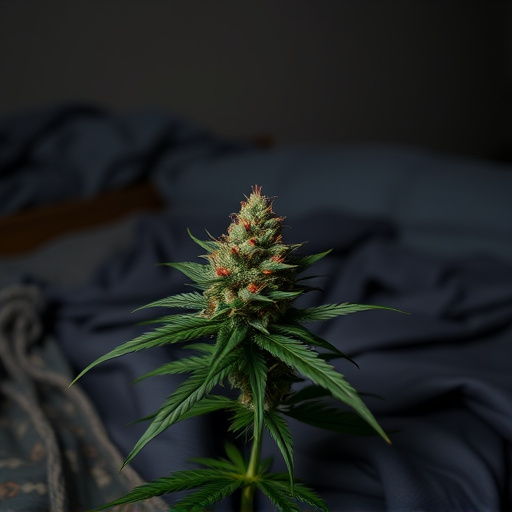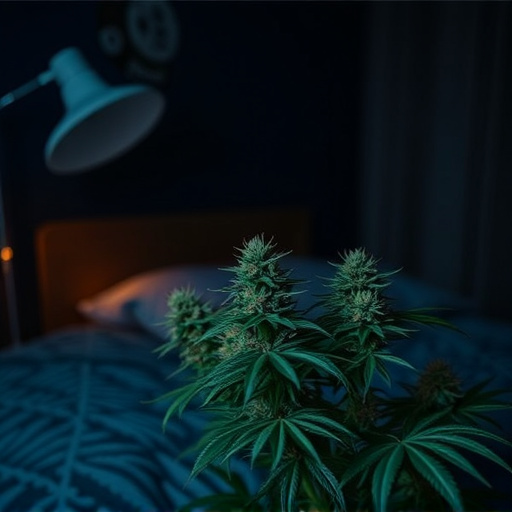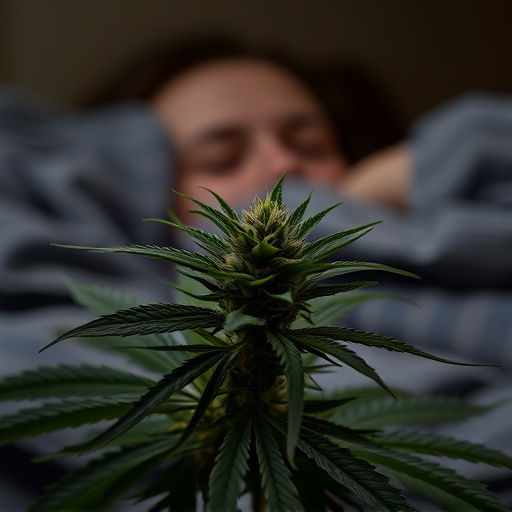Advanced drug testing methods, including hair follicle and blood testing, offer extended detection windows for cannabis strains for insomnia, even after consumption. While high-CBD strains like Charlotte's Web and ACDC provide potential therapeutic benefits without the 'high' of THC, their detectability through varying sensitive tests poses challenges for medicinal users. Accurate testing is crucial to differentiate between recreational use and medicinal administration, with responsible consumption practices, regular exercise, and consistent sleep schedules recommended to enhance sleep health while mitigating drug test risks.
Discover how weed can still show up in drug tests, even after consumption. This article delves into the science behind various testing methods and explains how cannabis remains detectable in your system. We explore the surprising persistence of THC, especially from specific cannabis strains used for insomnia relief, and offer insights to minimize test risks. Understanding these factors is crucial for those aiming to navigate drug screening processes while utilizing cannabis for sleep aid.
- Understanding Drug Testing Methods
- The Presence of Cannabis in the Body
- Choosing Cannabis Strains for Insomnia and Reducing Test Risks
Understanding Drug Testing Methods

Drug testing methods have evolved significantly over the years, with various techniques employed to detect substance use. One common area of interest is the detection of cannabis, particularly in reference to cannabis strains for insomnia, as it has gained popularity for its potential therapeutic benefits. The most standard approach is through urinalysis, where a sample is collected and analyzed for the presence of cannabinoids like THC (tetrahydrocannabinol), the primary psychoactive compound in marijuana. This method is widely used in pre-employment screenings and legal settings.
However, with advancements in technology, other methods have emerged. For instance, hair follicle testing provides a longer window for detection, as it analyzes cannabinoid buildup over time. This can be particularly useful when assessing long-term substance use. Additionally, blood testing is another option, offering a direct measure of recent cannabis consumption, although it’s less common due to its invasiveness. Understanding these testing methods is crucial in comprehending how cannabis, or its byproducts, can still show up in tests even after consumption has ceased, especially when considering the various cannabis strains for insomnia that are now available on the market.
The Presence of Cannabis in the Body
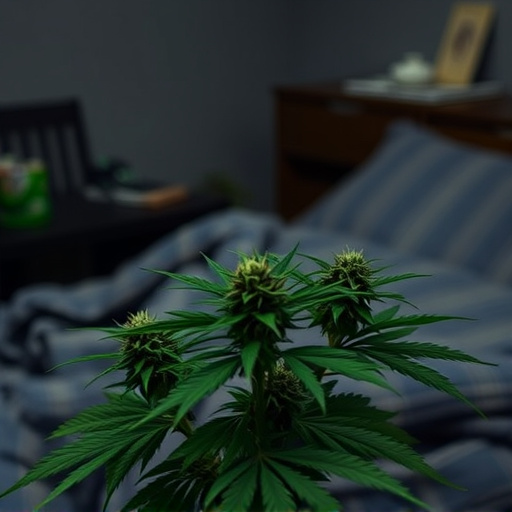
Cannabis, or marijuana, is a substance that has gained significant attention in recent years, especially with the growing legalisation movements worldwide. When an individual consumes cannabis, whether through smoking, vaping, edibles, or other methods, the active compounds, primarily tetrahydrocannabinol (THC) and cannabidiol (CBD), enter the body. These compounds are metabolised and distributed throughout various bodily systems, including the bloodstream. The presence of cannabis in the body is detectable through drug testing, which has raised concerns for those using it for medicinal purposes, particularly for conditions like insomnia.
Cannabis strains known for their high CBD content have gained popularity as natural remedies for sleep disorders due to their potential sedative effects without inducing the psychoactive ‘high’ associated with THC. However, these products can still show up in drug tests designed to detect cannabis use. The sensitivity and specificities of different testing methods vary, impacting how long cannabis by-products remain detectable. Understanding these factors is crucial for individuals using cannabis for medical reasons, as it highlights the need for accurate testing techniques that differentiate between recreational use and therapeutic administration.
Choosing Cannabis Strains for Insomnia and Reducing Test Risks
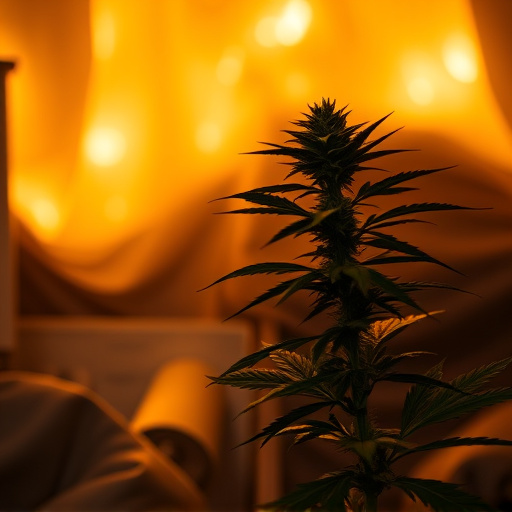
For individuals seeking relief from insomnia, certain cannabis strains can offer a calming effect and improve sleep quality. When considering cannabis for insomnia, it’s crucial to choose strains known for their high levels of CBD (Cannabidiol) and low THC (Tetrahydrocannabinol). CBD is non-psychoactive and has been linked to reduced anxiety and improved sleep without the mind-altering effects associated with THC. Strains like Charlotte’s Web or ACDC are popular choices due to their balanced CBD:THC ratios, making them safer options for insomnia while minimizing the risk of failing drug tests.
To reduce the chances of testing positive for cannabis, individuals should be mindful of the strain’s potency and consumption methods. Edibles, for instance, can have longer-lasting effects, increasing the likelihood of detectable levels of THC in drug tests. It’s advisable to stick to low-potency strains and consume them responsibly, especially if there is a possibility of undergoing random or mandatory drug testing. Regular exercise and maintaining a consistent sleep schedule alongside cannabis use can also contribute to better overall sleep health while mitigating potential risks associated with drug testing.
In understanding how weed shows up in drug tests, it’s crucial to know that cannabis remains detectable for varying periods after consumption. For individuals seeking relief from insomnia through cannabis strains specifically designed for sleep, choosing the right strain and consuming responsibly can help reduce the risk of positive test results. By staying informed about drug testing methods and the body’s metabolism of cannabis, users can make educated decisions to maintain privacy and ensure their well-being.
